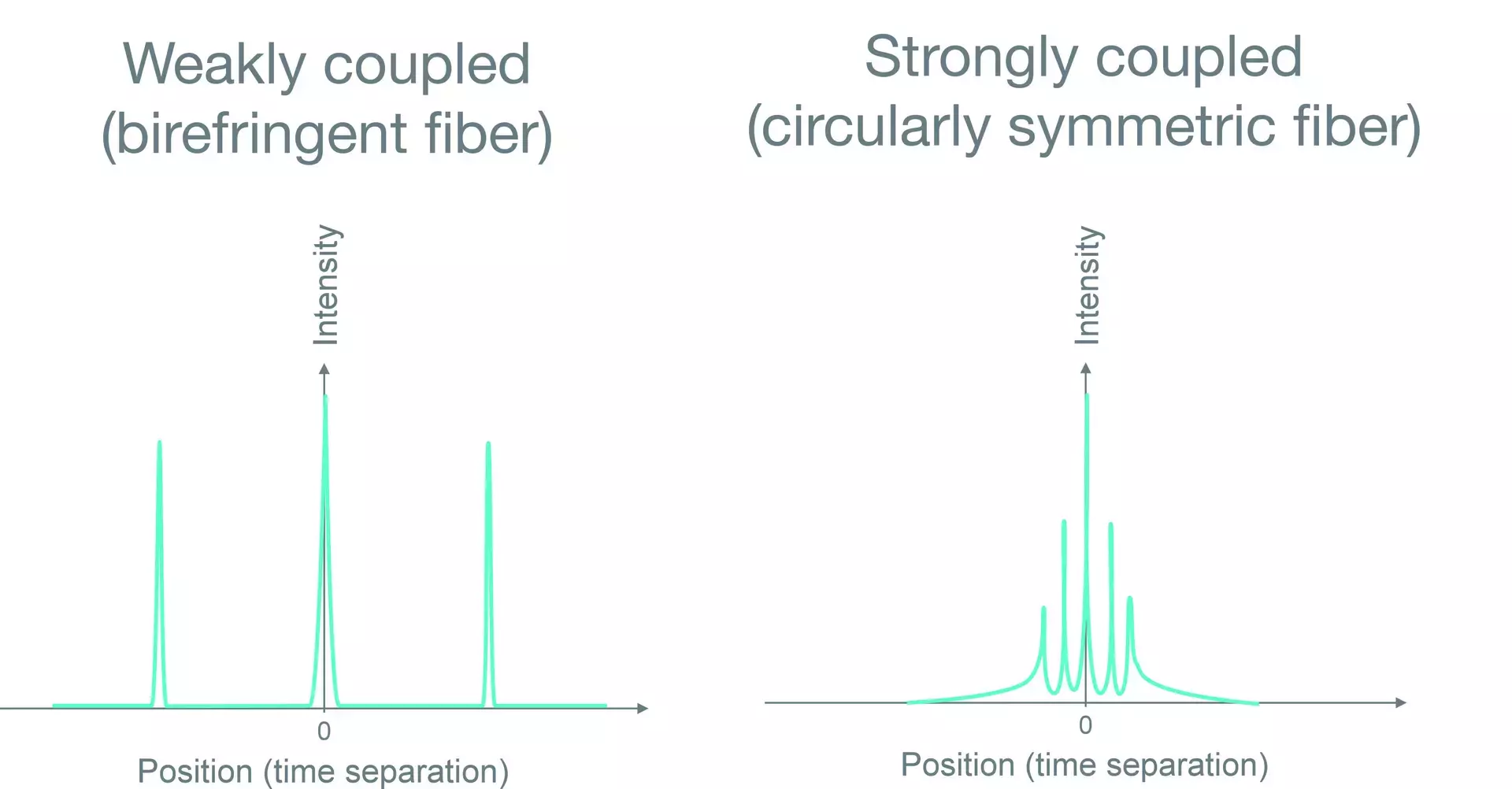Contents

Source: Fibercore – Humanetics
Understanding Differential Mode Delay in Optical Fibers
In the realm of optical fiber communications, multimode fibers are essential for various applications. However, they come with their own set of challenges, one of which is the phenomenon known as Differential Mode Delay (DMD). This article delves into the intricacies of DMD and its implications on optical fiber communications.
What is Differential Mode Delay?
Differential Mode Delay refers to the variation in group velocities among different modes in a multimode fiber. These variations lead to mode-dependent group delays over a certain fiber length. The presence of intermodal dispersion, as a result, restricts the potential transmission bandwidth, impacting the data rate that can be achieved.
Measuring Differential Mode Delay
To accurately quantify intermodal dispersion in telecommunications fibers, DMD is often specified. It is essentially the difference between the maximum and minimum time delay of a short signal pulse within a given fiber length. Standardized measurement conditions are crucial, typically involving bandwidth-limited ultrashort pulses with specific characteristics. The measurement requires the use of specialized DMD analyzer tools to ensure precision.
Factors Affecting Differential Mode Delay
The characteristics of DMD can vary significantly based on several factors:
- Fiber Length: The total difference in group delays is directly proportional to the fiber length.
- Optical Wavelength: The value of DMD can vary substantially with changes in optical wavelength.
- Fiber Design: Graded-index fibers can be optimized to achieve a lower DMD within a limited wavelength range, whereas wideband multimode fibers can maintain low DMD over a broader wavelength range.
Implications of Differential Mode Delay
While minimizing DMD is often desirable, it is not always ideal for every application. For instance, in fiber-optic telecom systems, low DMD can enhance intermodal nonlinear effects like cross-phase modulation, which can be disruptive. In some scenarios, fibers with opposing DMD signs are used sequentially to balance out the total group delay over long transmission distances.
Conclusion
Differential Mode Delay is a critical factor that influences the performance and efficiency of optical fiber communication systems. Understanding its implications and managing its effects through fiber design and configuration can significantly enhance data transmission capabilities. As technology advances, further innovations in fiber design may continue to mitigate the challenges posed by DMD, paving the way for more efficient optical communication systems.
This document provides a comprehensive overview of Differential Mode Delay in optical fibers, explaining its significance, measurement techniques, influencing factors, and implications. The content is structured with headings and subheadings for clarity, making it easy for readers to follow and understand the topic.

Source: Fibercore – Humanetics
Feel free to comment your thoughts.



